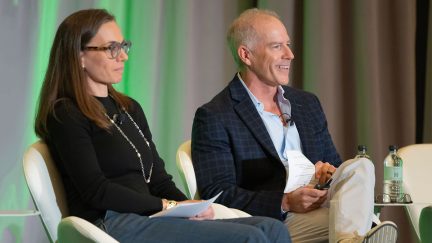Want the latest retirement plan adviser news and insights? Sign up for PLANADVISER newsletters.
Deals & People May 7, 2013
ASPire Financial Adds Key Account Executive
Kristin McCarthy was hired as a key account executive at
ASPire Financial
Services.
Reported by PLANADVISER staff
McCarthy is to lead the firm’s revamped key account management function, overseeing a team of account executives throughout the U.S. The division’s strategic account plan fostees relationships through alignment of customer needs, collaboration and communications, as well as performance measurement.
McCarthy has more than 14 years of experience and recently served as retirement plan services consultant for Gilliam Coble & Moser LLP. There, she focused on managing ongoing operations, bolstering relationships with third-party service providers and assessing process efficiencies.
You Might Also Like:

Rethinking Opportunities for RIA Growth
OneDigital has revved up its pursuit of growth by aggressively building career pipelines and by utilizing artificial intelligence ‘coworkers.’

Advisers Step Up as Clients Face Market Uncertainty
During market swings and economic stress, advisers delivered steady guidance, reinforced their value and identified growth opportunities despite the volatility,...

AI Firm Jump Announces Integrations with eMoney and RightCapital
The partnerships allow advisers to keep financial plans updated without manual data entry.